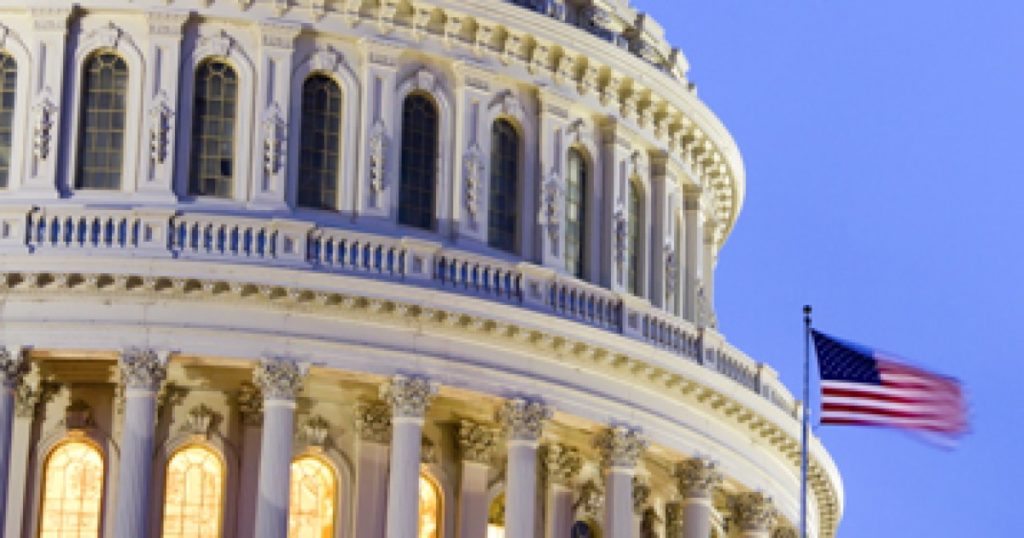R&D amortization: Delay the start, but repeal the goal


Congress is headed in the right direction. Delaying Section 174 research and development amortization until 2025, as provided in the Build Back Better Act approved by the House on Nov. 19, 2021, helps but full repeal of R&D amortization — before the provision goes into effect, whether 2022 or 2025 — is what’s necessary to keep U.S. innovation humming.
If R&D amortization is permitted to go into effect, U.S. global competitiveness and jobs will be adversely impacted and the country will move in a direction opposite to the laudable goals and intent of the now permanent federal R&D credit.
Business implications
For over 60 years, businesses in the United States have been able to immediately deduct R&D expenses in the year those expenses were incurred. Beginning in 2022, certain expenses will need to be amortized, a policy change that will have a detrimental impact on U.S. innovation.
The Tax Cuts and Jobs Act of 2017 had a revenue-raising provision to begin amortizing research and development costs beginning in 2022, including software development costs. The deduction is to be spread out over five years for activities on U.S. soil, or 15 years for activities undertaken outside the U.S.
Throwing out the longstanding immediate deductibility of R&D expenses will diminish the value of R&D credits and put U.S. companies at a competitive disadvantage with other countries. We agree with the findings of the R&D Coalition that amortization will reduce cash flow for R&D activities and drive down the rate of return on R&D investment, causing private sector R&D investments to become more expensive as well as lead to job losses and a decrease in global competition.
The current law allows taxpayers to plan whether they want to use deductions in the current year or defer them based on facts and circumstances. Additional provisions allow taxpayers to amortize over 10 years of expenses that might otherwise be tagged as deductible under Section 174(a).
Breaking it down, wages, supplies, outside contract and leased computer costs are eligible for the research tax credit while organization costs associated with the project can be capitalized. According to the Tax Foundation, forcing businesses to amortize new R&D costs would be a tax hike of $100 to $120 billion over the next decade.
Immediate impact
In our frontline role as business tax consultants, we work with some of the largest and most innovative businesses in the U.S. We see the value of R&D credits at work every day in businesses that depend upon the dollar-for-dollar credit for investible funds to plow back into developing innovative products and technology.
From multi-billion-dollar corporations to small business owners, these taxpayers rely on the credit to finance jobs. The certainty these businesses have that they can claim the R&D credit is factored into their forecasts and investment plans as new initiatives unfold.
Uncertainty due to pending R&D amortization, and its resulting hit in the value of R&D credits, has already caused businesses to alter their investment projections for the coming year. Mark Dunning, a partner at TaxOps Minimization, and a select group CPA colleagues at the AICPA are assessing the implications of immediate deductibility in 2022 and 2025 from an R&D perspective and will have more detailed insights into these issues shortly.
A good start
Unless Congress acts to reverse or delay provisions in the TCJA, taxpayers will lose the current year deductibility for costs associated with development projects beginning in 2022. The TCJA would require taxpayers to charge these expenses to a capital account and spread out the amortization over five or 15 years.
The House has passed a good start to a good end in the Build Back Better Act, which would delay the requirement to amortize R&D expenses until after 2025 instead of 2021. We hope that in whatever other permutations that bill goes through before passage, legislators will thoughtfully consider and implement provisions to protect the permanence and competitive value of the R&D tax provision.


